Mexico is a land steeped in ancient traditions and cultural heritage. Beyond its breathtaking landscapes and vibrant cities, the country is renowned for its deep-rooted connection to natural remedies and herbal medicine. In this article, we will embark on a journey into the science of herbal medicine in Mexico, exploring the traditional remedies passed down through generations and the reasons why international travelers seek out these healing practices.
Traditional Mexican remedies encompass a wide range of herbal medicines derived from plants, roots, and other natural ingredients. These remedies have been used for centuries by indigenous communities to treat various ailments, ranging from common ailments to more complex health conditions. Let’s delve into some of the key plants, roots, and natural ingredients used in traditional Mexican remedies and their properties:
Arnica is a flowering plant known for its anti-inflammatory and pain-relieving properties. It is commonly used topically in the form of ointments, creams, or oils to alleviate muscle aches, bruises, and joint pain.
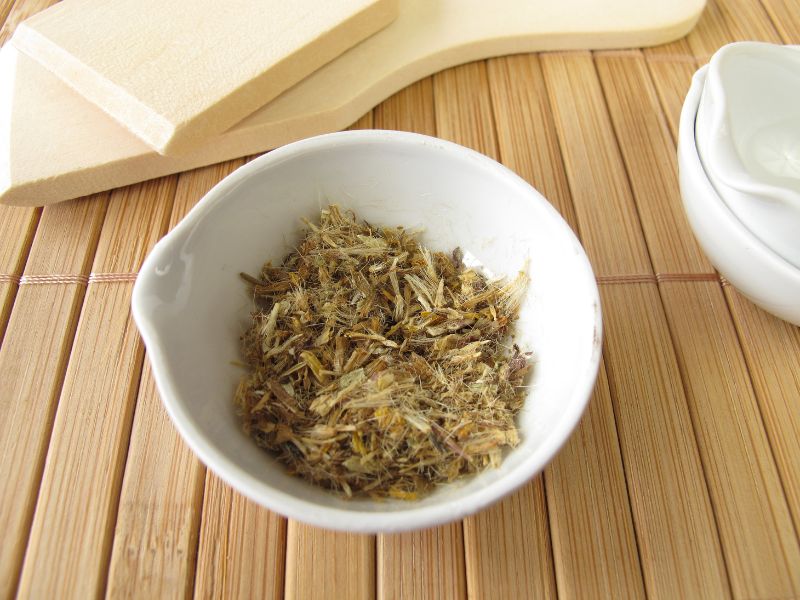
Maguey, also known as agave, is a versatile plant used in traditional Mexican remedies. Its sap, known as aguamiel, is rich in vitamins and minerals and is used for its detoxifying and immune-boosting properties. Maguey fibers are also used to create soothing bandages and dressings.
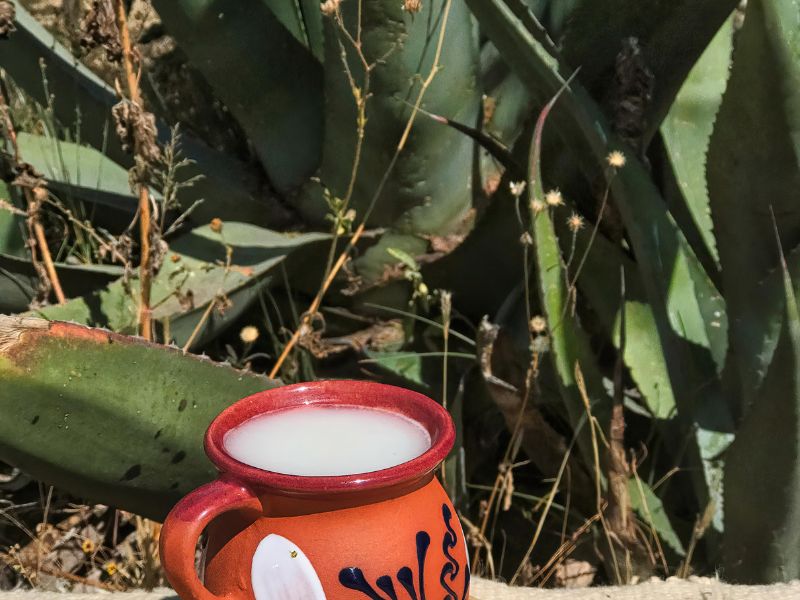
Chaparral is a desert shrub with powerful antioxidant and antimicrobial properties. It is often used in traditional remedies to address skin conditions such as eczema, acne, and fungal infections.
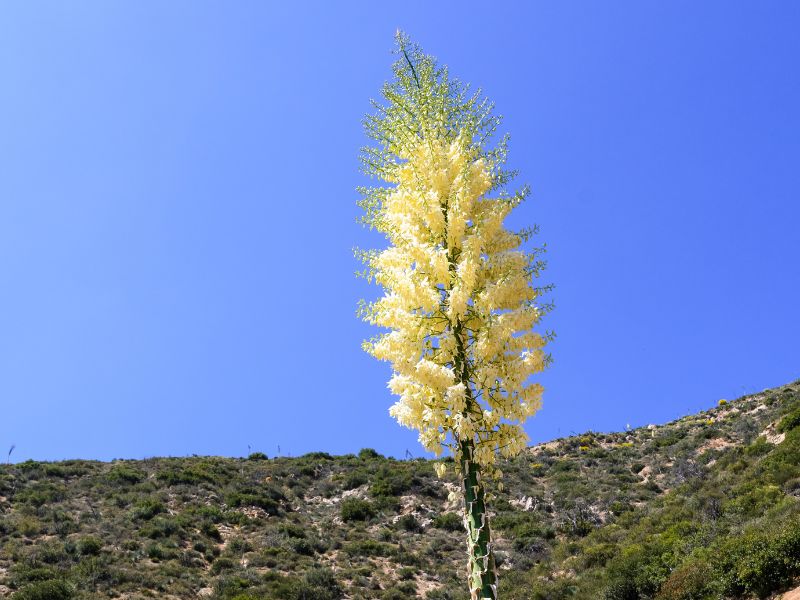
Damiana is a small shrub known for its aphrodisiac properties. It is used to enhance libido, improve sexual function, and relieve symptoms of anxiety and depression.
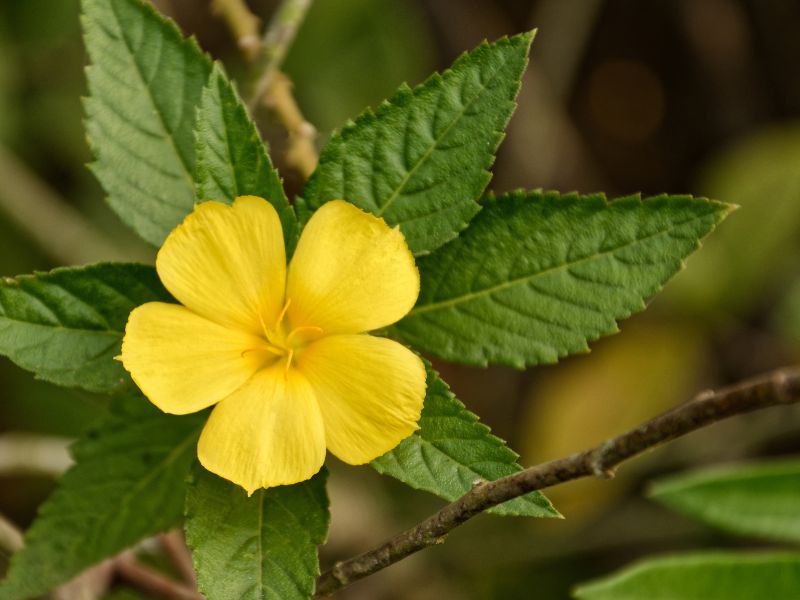
Nopal, or prickly pear cactus, is a staple ingredient in Mexican cuisine and traditional remedies. It is valued for its high content of antioxidants, vitamins, and minerals. Nopal is used to support digestive health, regulate blood sugar levels, and boost the immune system.
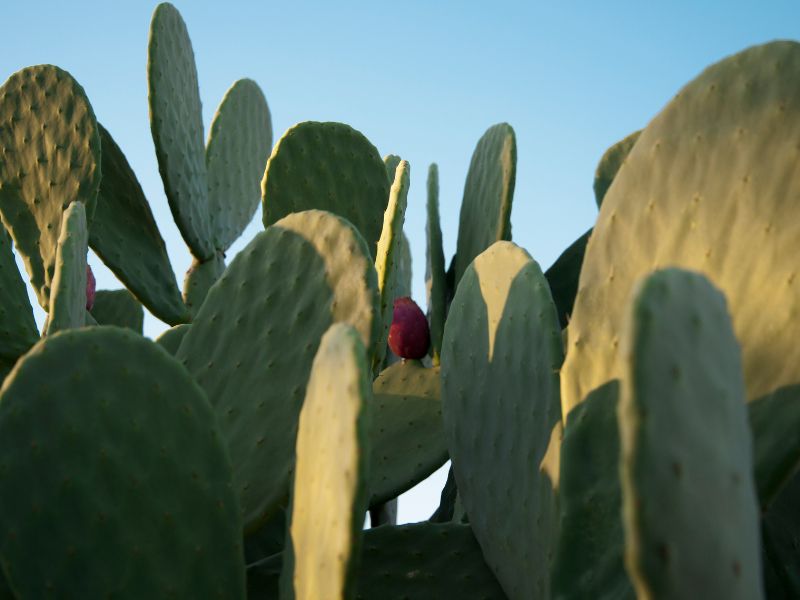
Indigenous communities in Mexico have preserved their ancestral knowledge of herbal medicine, passing it down through generations. Their healing practices often involve a holistic approach that considers not only the physical symptoms but also the spiritual and emotional well-being of the individual. Traditional healers, known as curanderos or curanderas, possess a deep understanding of plant properties and energetics, employing their wisdom to restore balance and harmony in the body.
More and more international travelers are seeking out traditional Mexican remedies and herbal medicine for their healing needs. The allure lies not only in the natural and holistic approach to wellness but also in the cultural experience and connection to indigenous traditions. Travelers are drawn to the authentic and immersive encounters with local healers, who generously share their wisdom and offer insights into the ancient healing practices.
When traveling to Mexico to explore the world of herbal medicine, certain regions are renowned for their traditional healing practices. Oaxaca, with its rich indigenous heritage, offers opportunities to participate in temazcal ceremonies and visit local herbal markets. The Yucatán Peninsula provides access to traditional Mayan healing practices, including the use of medicinal plants and natural remedies. In Mexico City, visitors can explore traditional medicine markets, where a plethora of herbs, roots, and remedies are available.
Traditional Mexican remedies and herbal medicine offer a window into the rich cultural heritage and healing traditions of the country. With their plant-based remedies and time-honored practices, indigenous communities continue to provide valuable insights into natural healing. Whether you seek relief from a specific ailment, a deeper understanding of indigenous culture, or a holistic approach to wellness, exploring the science of herbal medicine in Mexico is a fascinating and transformative journey.